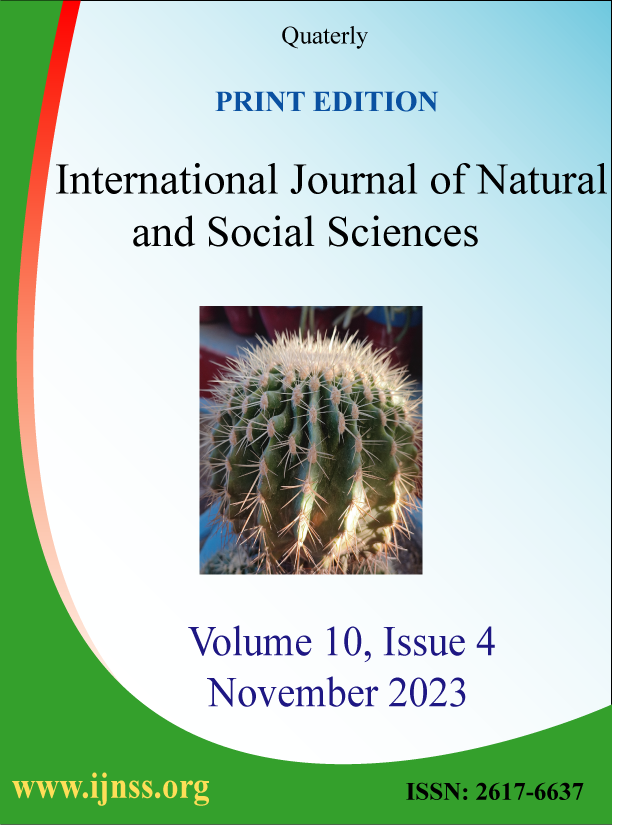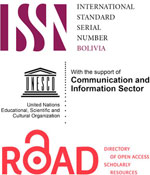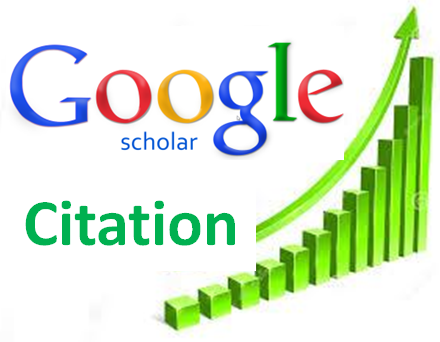Common diseases of pet animals in Dhaka city and their zoonotic importance
SSMR Hossain, MEH Kayesh*
Department of Microbiology, Faculty of Animal Science and Veterinary Medicine, Patuakhali Science and Technology University, Babugonj, Barisal-8210, Bangladesh
ABSTRACT
Pet animals live in close contact with the human population, and the risk of transmitting zoonotic diseases to human is therefore significant if the animal itself has been infected. This study was conducted to determine the prevalence of common diseases (salmonellosis, leptospirosis, tularemia (rabbit fever), canine rabies, infectious canine distemper, cat scratch disease, dermatophytosis and canine scabies) in pet animals (dog, cat and rabbit) of Dhaka city and their zoonotic significance. The study was conducted in selected areas of Dhaka city (Dhanmondi, Puran Dhaka, Mohammadpur, Kamrangir Char, Hazari Bagh and Lalbagh) during the period of March 2013 to September 2013. A total of 400 pet animals were examined and 8 types of diseases were recorded in these pet animals. The overall prevalence of common diseases in pet animals was 2%. The prevalence of common diseases in dog, cat and rabbit were 2.39%, 3.72% and 6.66%, respectively. The most significant risk of companion animals in Bangladesh is mostly related to dog and cat bites or other physical injuries. Among the recorded diseases cat scratches diseases, salmonellosis and canine scabies were of high zoonotic significance. The pet owners were found at great risk because most of them did not take the vaccines against common zoonotic diseases. Vaccination, proper hygiene measurements and knowledge on preventive measures restrict the risk of zoonosis. The present study suggests for regular vaccination of both pets and humans in Bangladesh in order to the prevention and control of the risk of zoonoses.
Key words: diseases in pet animal, Dhaka city, zoonotic impact
*Corresponding author. Tel.: +88-01712236011
E-mail address: mehkayesh@pstu.ac.bd (MEH Kayesh) Full Text (PDF)






